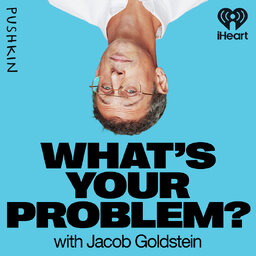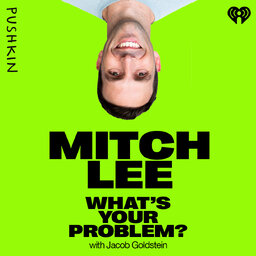Creative Technology at Pixar
Danielle Feinberg is a Visual Effects Supervisor at Pixar Animation Studios. Danielle’s problem is this: How do you optimize technology so that you can spend more time being creative?
Danielle Feinberg has worked at Pixar for 26 years. Earlier in her career, she was the director of photography on movies like Coco and Wall-E. She talks about how new software shapes creative work.
 What's Your Problem?
What's Your Problem?


